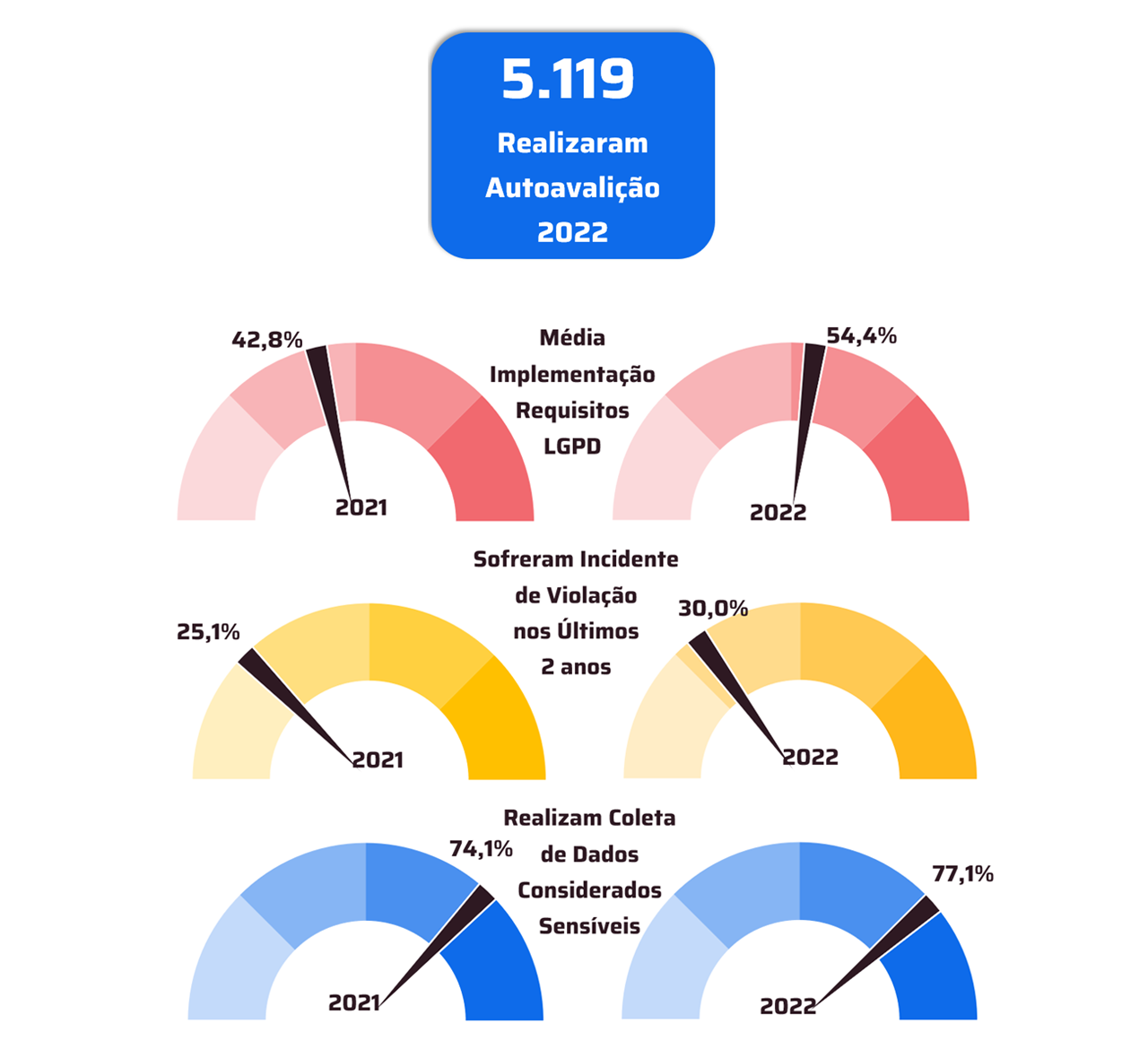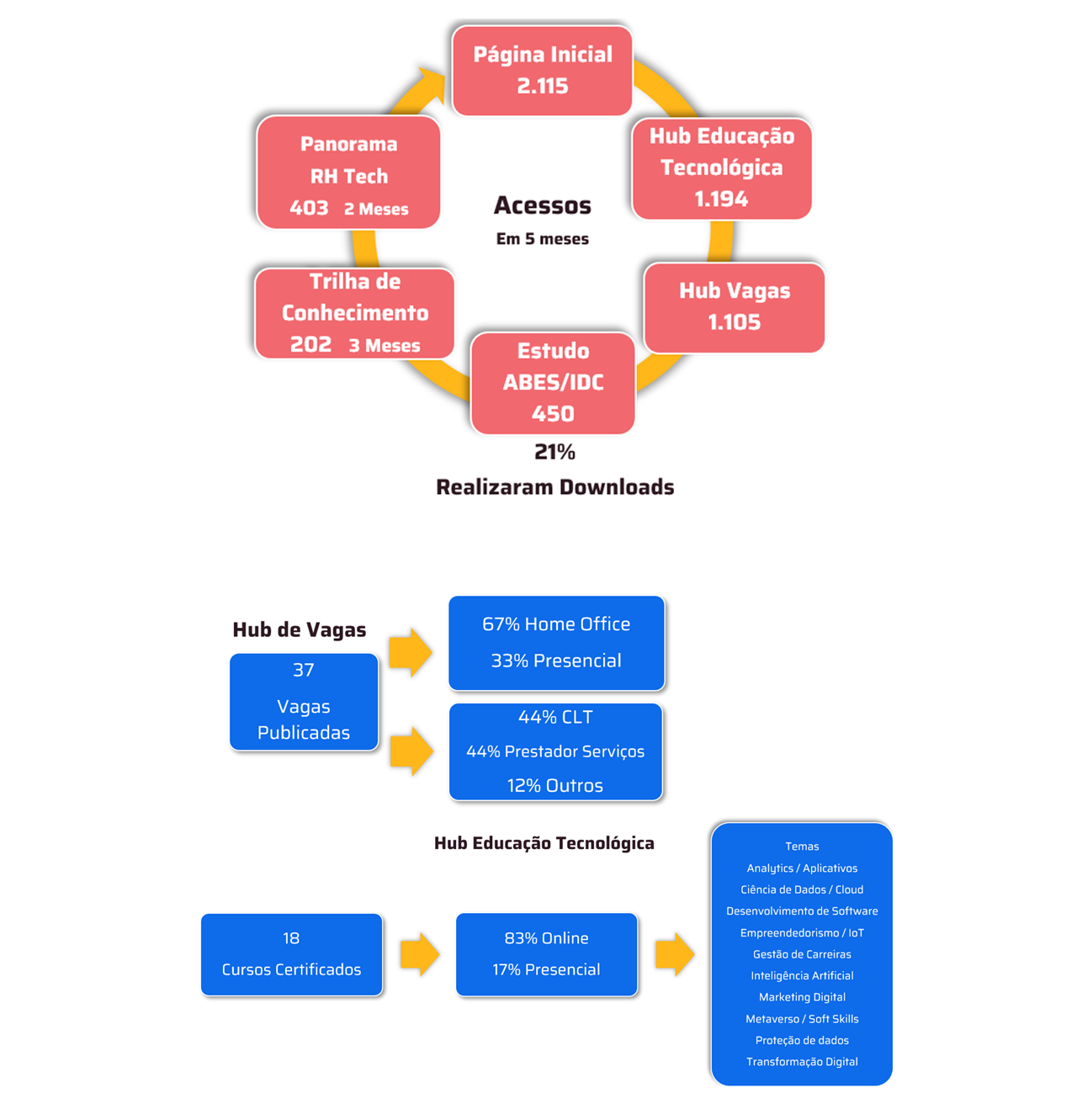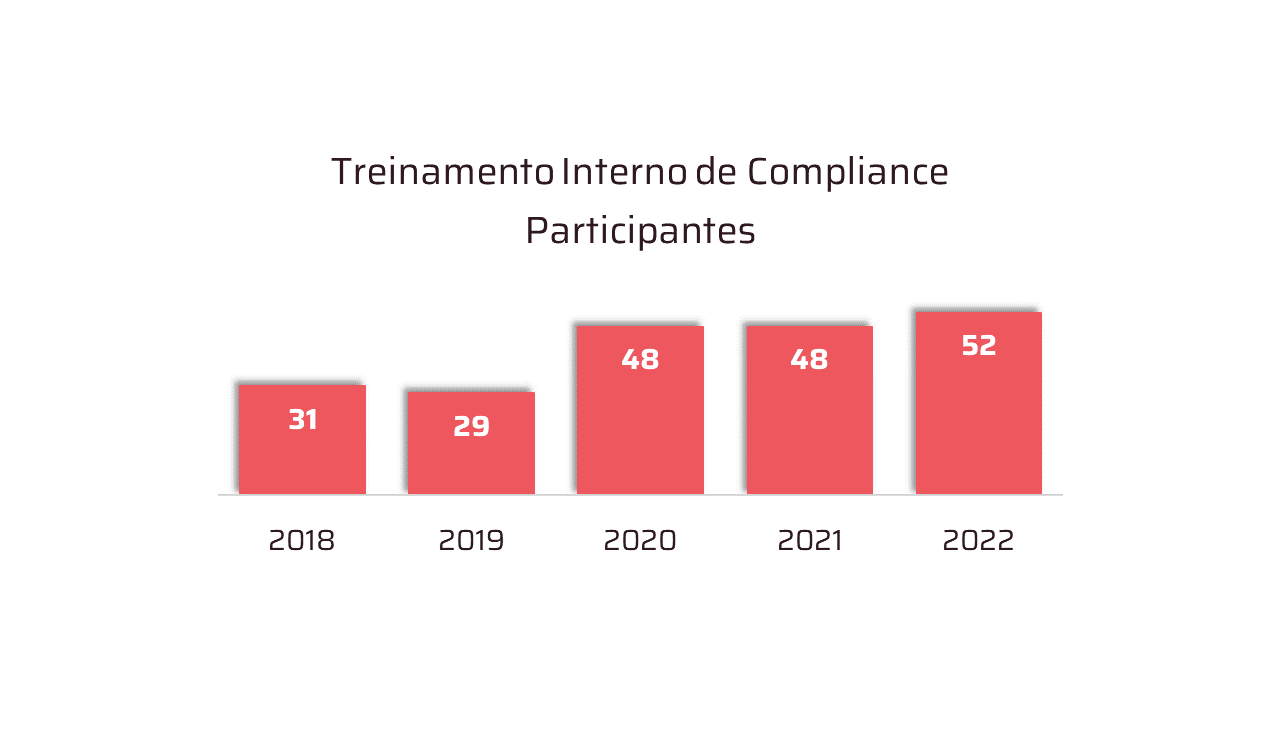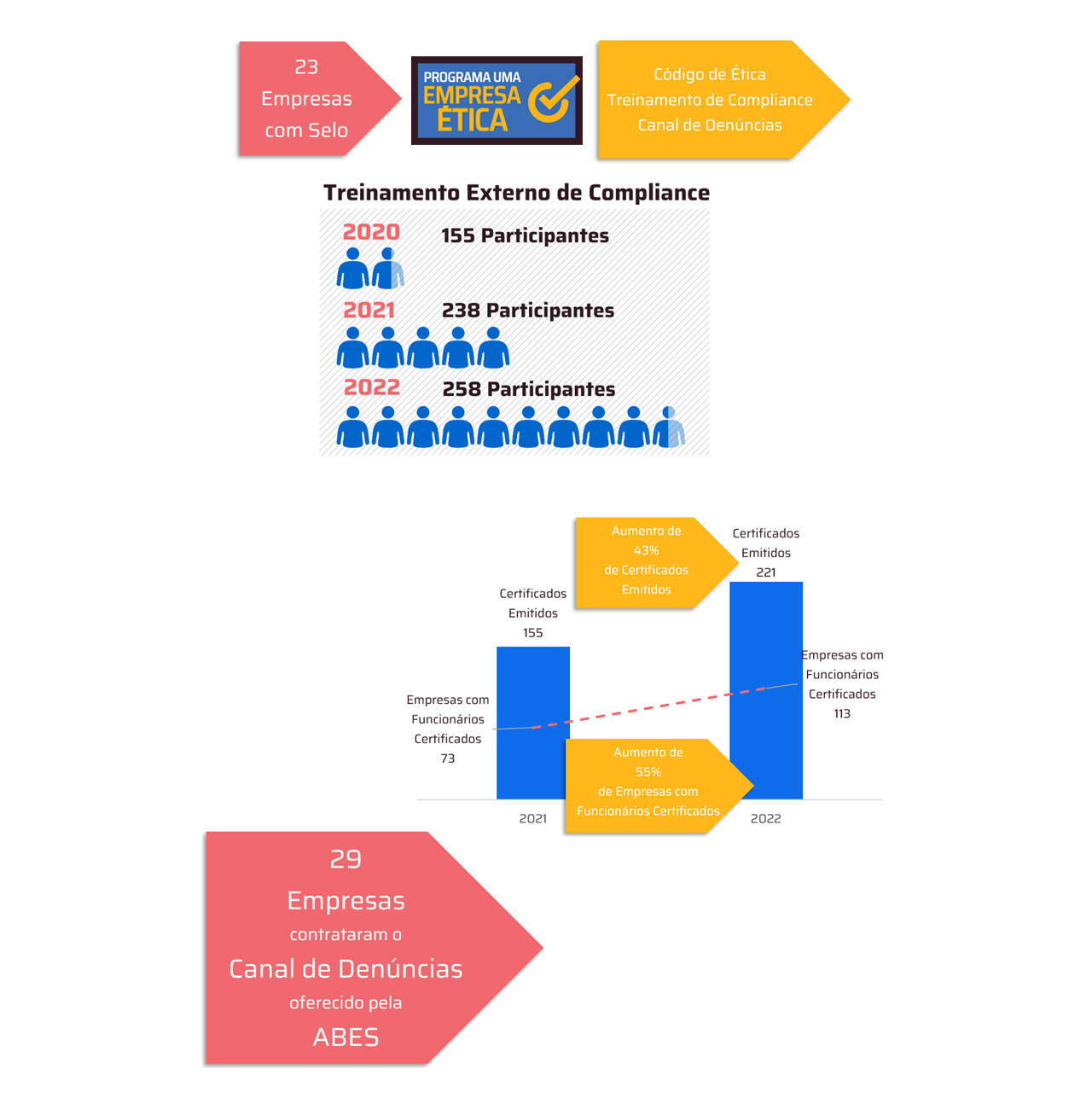 * By Rodney Repullo
* By Rodney Repullo
Business activities require compliance with a series of regulatory requirements and specific legislation depending on their market. This requires a lot of work and attention to be able to meet this priority business demand.
Staying up to date with compliance is important not only to comply with regulations, but also helps companies adjust their operational processes, and not only to avoid penalties, which can be easily avoided if regulations are followed.
Being compliant reduces risks and minimizes the possibility of incidents, fraud and other unpredictable occurrences that can be harmful to the organization, such as the loss of trust on the part of customers, partners and investors.
To implement a compliance plan, companies must consider several priority actions, and managing data-related information is one of them. An important checklist to consider:
1 – Analyze data inventory and promote the mapping of information related to regulatory requirements, whether all are available or whether there is a need to collect new complementary elements. Data must be reliable, accurate and available to all who need them.
2 – Build the data infrastructure – Data must be easily located. Data analysis tools are great for this and help organizations know where the information needed for compliance is located so that it can be presented promptly when requested. It can be used to obtain all the information needed to comply with a regulation, producing reports related to regulatory requirements;
3 – Data management. Data must be reliable, accurate, and available to everyone who needs it. It is important to determine which existing systems and databases contain this data and eliminate silos in order to consolidate and contextualize information appropriately. Due to various factors, events may change and, if not updated, may impact compliance operations.
Implementation must be continuous
Compliance planning should not be treated as something that ends as soon as it is implemented. Business is dynamic and regulatory standards evolve with the market.
Compliance must be accompanied by a system for managing related and structured data. Since IT operates with different systems – locally and in the cloud – that do not communicate with each other, it is necessary to consider promoting integration between the systems that hold the data to ensure access to them from a central, easy-to-use and user-friendly interface.
What usually happens is that data is scattered across different systems that do not communicate with each other. At this point, it is necessary to think about integration between them.
If the project involves replacing existing systems, this cannot happen without recovering legacy data. An efficient integration platform will be able to collect this data and maintain it in a solid and accessible database.
Key Performance Indicators (KPIs)
For the company to be able to adopt key performance indicators (KPIs) to monitor its progress towards compliance. And this will only be possible if the process and technological structure are adequate.
The technological basis for compliance
The IT infrastructure must be prepared to meet all the company's management demands – including compliance needs – and must be able to guarantee the functioning of the ecosystem of applications and data systems. Among the systems that must provide data related to compliance, including automation, processing and data security.
Technology is at the heart of a company's operations and plays a key role in regulatory compliance as long as it can deliver the tools and solutions to automate processes, analyze data, mitigate risks and ensure compliance with laws and regulations.
For this reason, choosing the right technologies and implementing them strategically, considering the challenges and specificities of each organization, is key to ensuring that the data is of high quality and meets the regulatory requirements of each industry.
*Rodney Repullo, CEO of Magic Software Brasil.
Notice: The opinion presented in this article is the responsibility of its author and not of ABES - Brazilian Association of Software Companies













